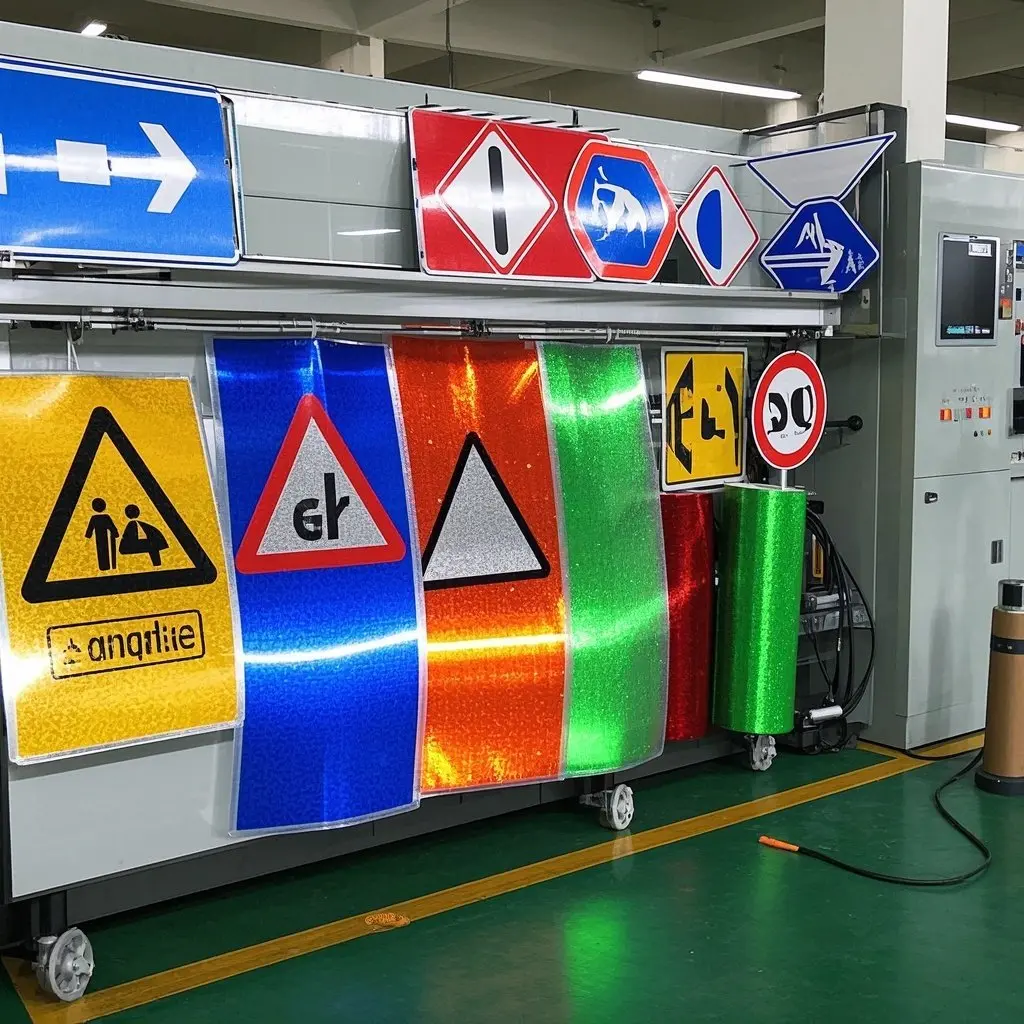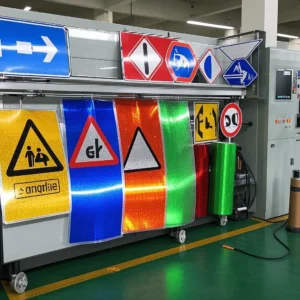
So, you’re diving into the exciting world of reflective printing – fantastic! Whether you’re crafting eye-catching signage, designing safety apparel, or working on a unique art project, choosing the right reflective sheeting can make all the difference. I remember my first foray into reflective printing – a complete disaster! I picked the wrong material, and the ink just wouldn’t adhere properly. Let’s make sure you avoid that rookie mistake. This guide will walk you through everything you need to know to choose the perfect reflective sheeting for your next project.
I’ve spent years working with various printing materials, and I’ve seen firsthand how the right substrate can elevate a project from “meh” to “magnificent.” This post will be your ultimate resource. I’ll share my own experiences, tips, and tricks, to help you navigate the world of reflective sheeting like a pro.
Let’s get started!
[Claim] This comprehensive guide provides actionable advice and insights based on years of experience in the printing industry and a thorough understanding of reflective sheeting applications.
What Type of Reflective Sheeting Do I Need for My Project?
Choosing the right type of reflective sheeting depends entirely on your specific project. Are you creating safety signage for a roadway, designing personalized apparel, or making a unique art piece? Each application demands different properties. I’ve personally found that understanding the final use is the most crucial first step. Once you know that, selecting the right material becomes much easier.
Snippet: Consider factors like light reflectivity, durability, print compatibility, and the intended environment of your final product.
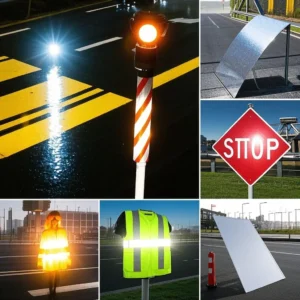
Dive Deeper: Different types of reflective sheeting exist, including engineering-grade sheeting for high-visibility applications (like road signs) and less durable options for short-term promotional materials. Consider factors like the level of reflectivity needed (measured in retroreflectivity), the substrate material (vinyl, polyester, etc.), and the adhesive type. For instance, solvent-based adhesives are known for stronger bonds, while water-based alternatives might be preferred for environmentally sensitive projects.
[claims] The selection of reflective sheeting type directly impacts the longevity, visibility, and overall success of your project.
How Durable Does My Reflective Sheeting Need to Be?
Durability is key! Reflective sheeting isn’t all created equal. Some are designed for temporary use, while others can withstand years of harsh weather conditions. Think about where your finished product will be placed. Will it be exposed to sunlight, rain, snow, or extreme temperatures? I once worked on a project where the client chose a low-durability sheeting, and the images started to fade after just a few months. A costly and disappointing experience.
Snippet: Factor in environmental exposure and expected lifespan when choosing your sheeting to ensure long-lasting results.
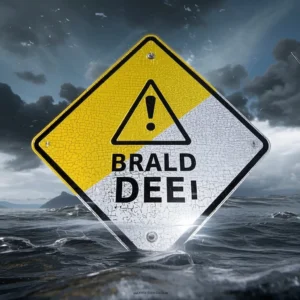
Dive Deeper: Durability considerations include UV resistance (to prevent fading), water resistance, and tear resistance. Check the manufacturer’s specifications for expected lifespan under various conditions. Engineering-grade reflective sheeting offers superior durability, often exceeding five years of outdoor exposure.
[claims] Selecting appropriately durable reflective sheeting ensures your project’s longevity and preserves your investment.
Which Printing Method Works Best with Reflective Sheeting?
Not all printing methods work equally well with reflective sheeting. Some inks might not adhere properly, leading to smudging or fading. I’ve personally experimented with solvent, eco-solvent, UV, and latex inks, each with its own pros and cons. Solvent inks, for example, offer vibrant colors and great durability, but they are more pungent.
Snippet: Check the compatibility of your chosen reflective sheeting with your printing method to ensure optimal print quality and longevity.
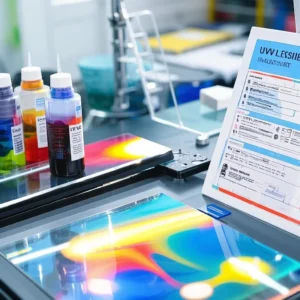
Dive Deeper: Many reflective sheeting manufacturers provide detailed specifications on compatible inks and printing methods. Always consult the manufacturer’s guidelines before you begin your project. UV printing often provides excellent results on reflective sheeting due to its fast curing time and strong adhesion.
[claims] Proper compatibility between your printing method and reflective sheeting is vital to achieving high-quality, long-lasting results.
Where Can I Buy High-Quality Reflective Sheeting?
Finding a reliable supplier is crucial for your project’s success. Look for reputable companies that provide detailed product information, including material specifications, durability ratings, and compatibility guides. I always recommend requesting samples to test the material’s properties and print quality before committing to a large order.
Snippet: Prioritize reputable suppliers who offer high-quality materials, excellent customer service, and transparent information.
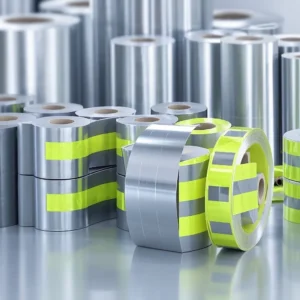
Dive Deeper: Consider factors like pricing, shipping costs, minimum order quantities, and customer support when choosing a supplier. Reading online reviews can provide valuable insights into a supplier’s reputation and service quality. Don’t hesitate to contact the supplier with any questions you may have – a responsive and helpful supplier is a valuable asset.
[claims] Choosing a trusted supplier is paramount to ensuring you receive high-quality reflective sheeting and excellent customer support.
Conclusion
Choosing the right reflective sheeting for your digital printing project might seem daunting initially, but with careful consideration of the factors discussed above, you can ensure your project’s success. Remember to prioritize your project’s specific needs and consult the manufacturer’s recommendations. By following these steps, you’ll avoid costly mistakes and create stunning, long-lasting results!
[External links recommendation] Avery Dennison Reflective Solutions ORAFOL Reflective Solutions
FAQs
Q1: What is the difference between engineering-grade and standard reflective sheeting?
A1: Engineering-grade reflective sheeting is designed for long-term outdoor use and offers superior durability, reflectivity, and resistance to harsh weather conditions. Standard reflective sheeting is suitable for shorter-term applications and less demanding environments.
Q2: Can I use any type of ink with reflective sheeting?
A2: No, not all inks are compatible with all types of reflective sheeting. Always check the manufacturer’s specifications to ensure compatibility and avoid problems like ink bleeding or fading.
Q3: How do I clean reflective sheeting after printing?
A3: The cleaning method will depend on the type of sheeting and ink used. Always check the manufacturer’s instructions for the recommended cleaning method to avoid damaging the material or the print.
Q4: How long does reflective sheeting last?
A4: The lifespan of reflective sheeting varies significantly depending on the type of material, its environmental exposure, and the quality of the print. High-quality, engineering-grade sheeting can last for several years, while lower-grade sheeting may last only a few months.
Q5: Where can I find more information on retroreflectivity?
A5: Retroreflectivity is a measure of a material’s ability to reflect light back to its source. You can find detailed information on this topic through online resources, industry publications, and the websites of reflective sheeting manufacturers.
Hashtags: #reflectivesheeting #digitalprinting #signmaking #safetysignage #printingtips #graphicdesign #printmaterials #reflectivevinyl #largeformatprinting #printingindustry

